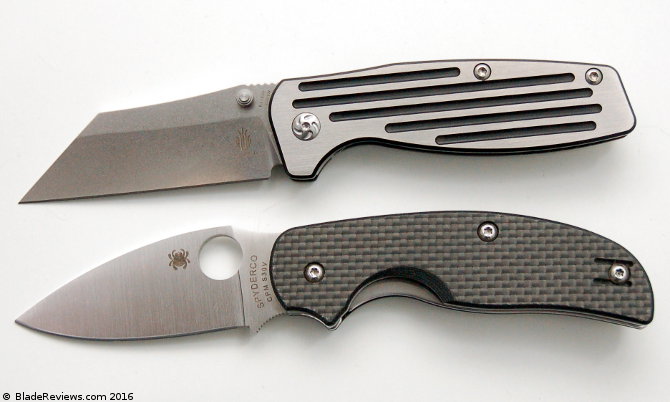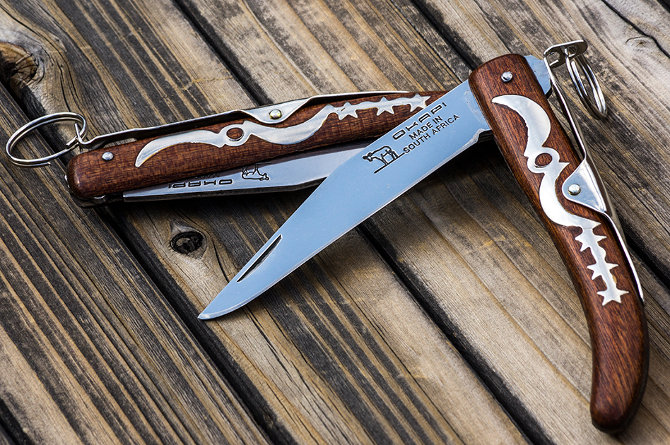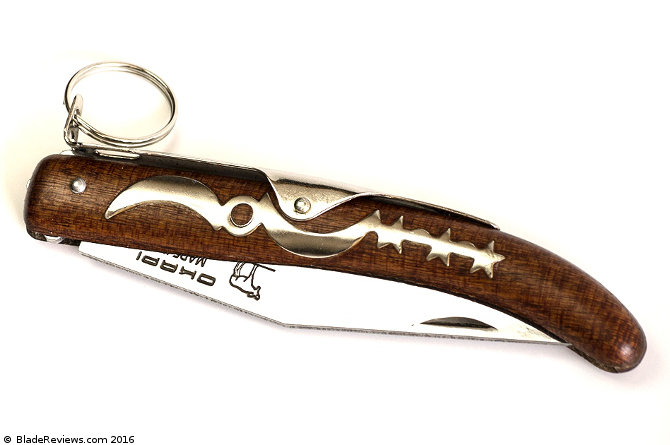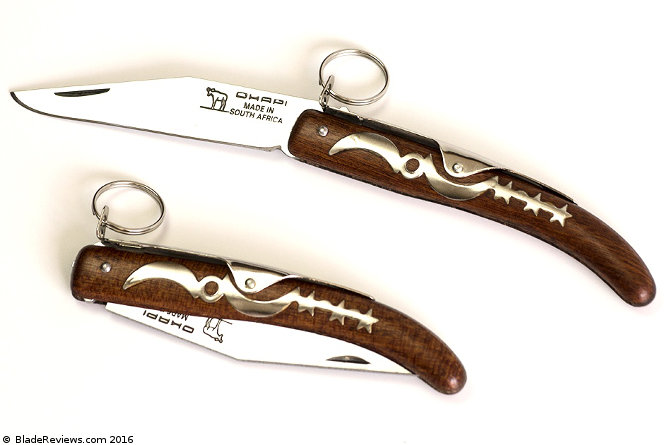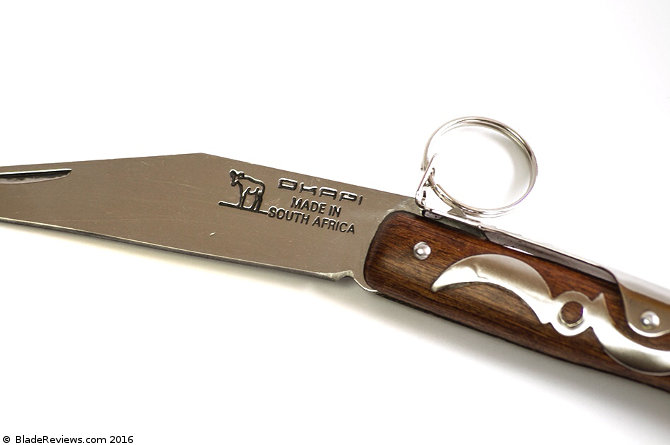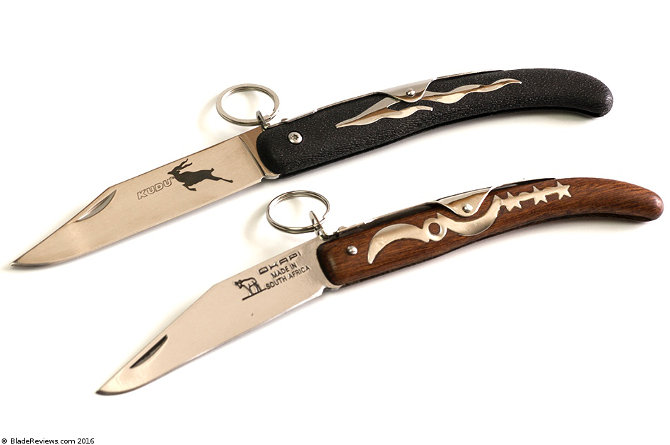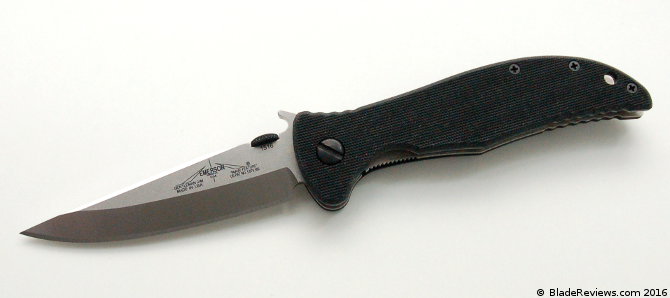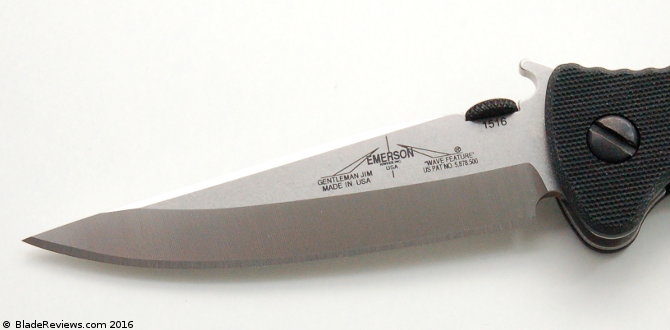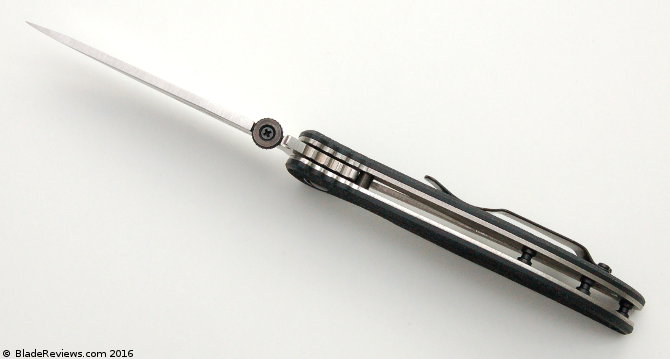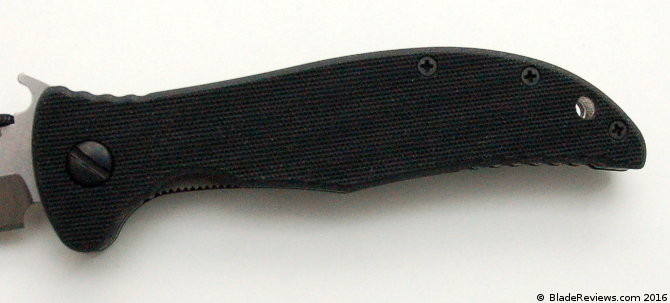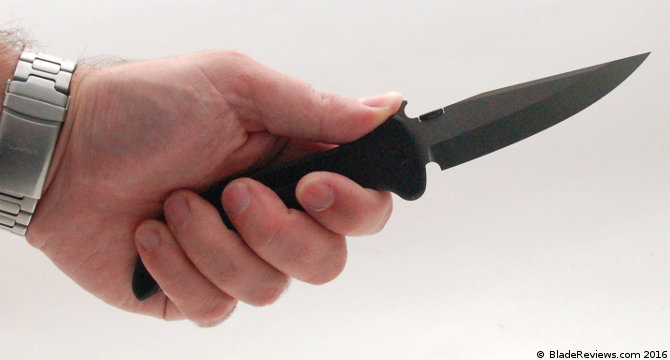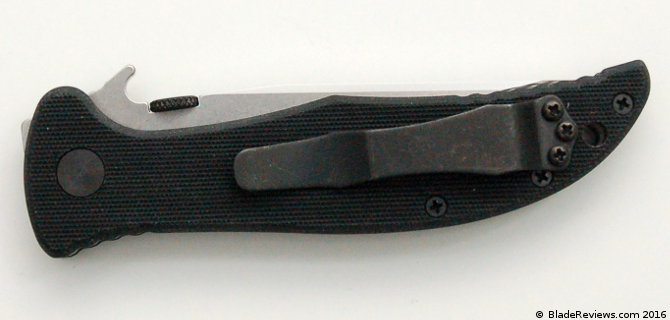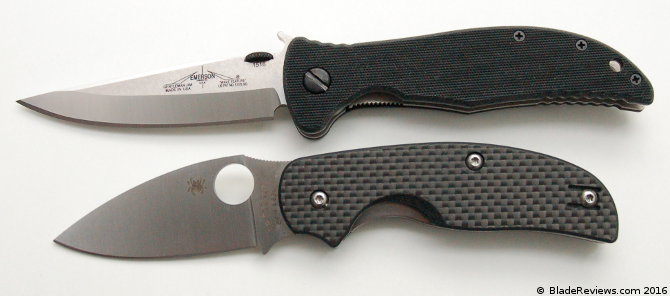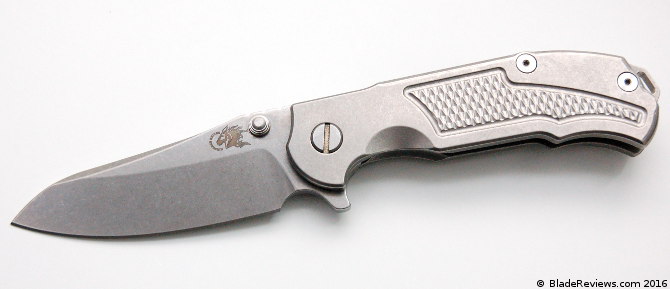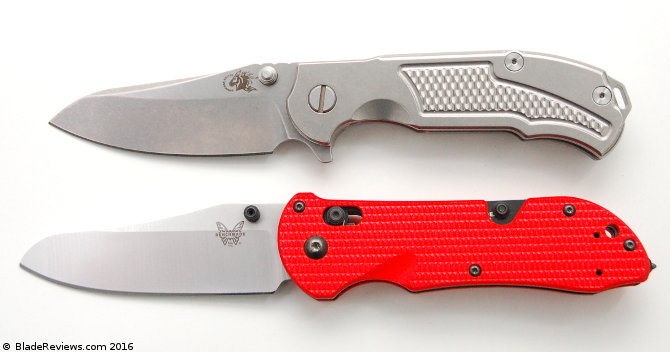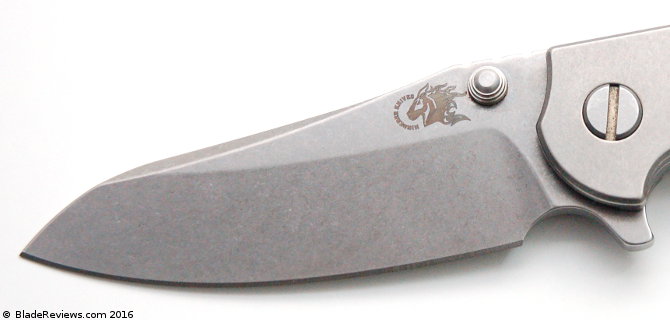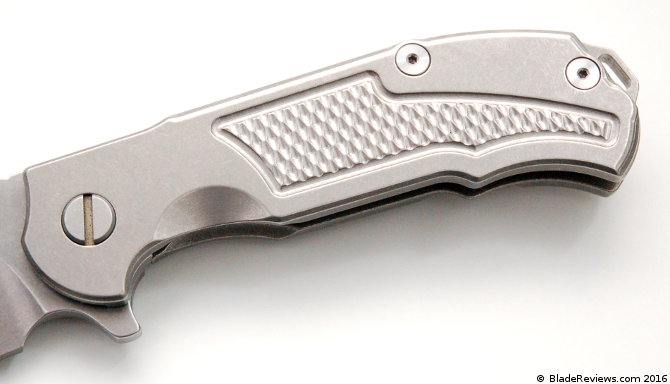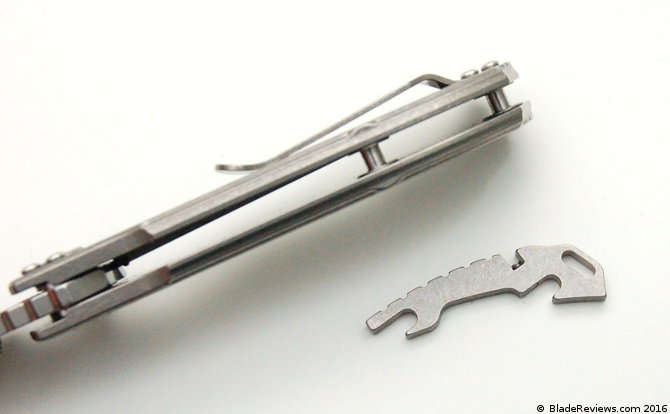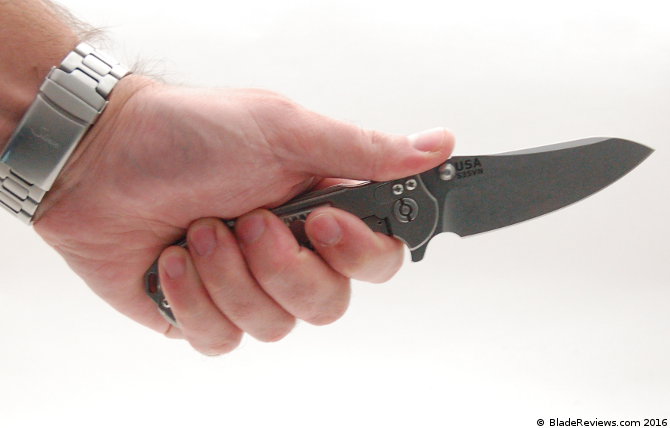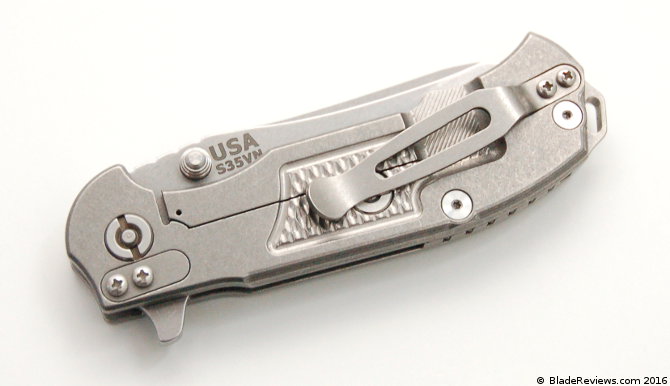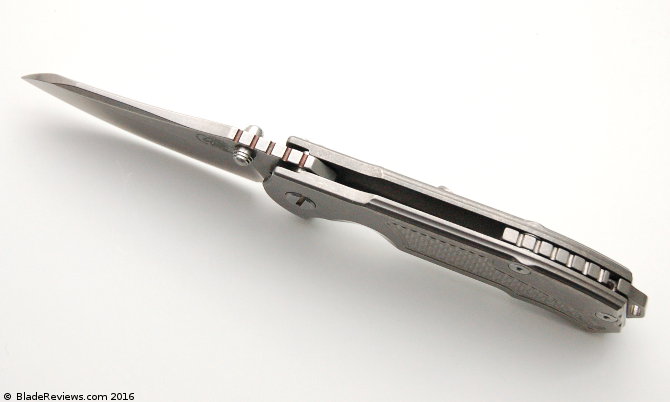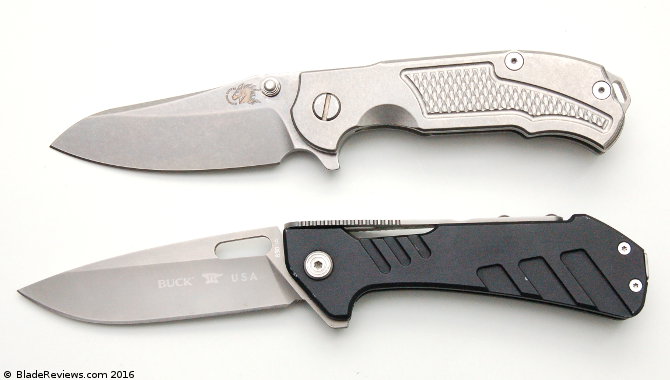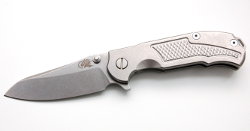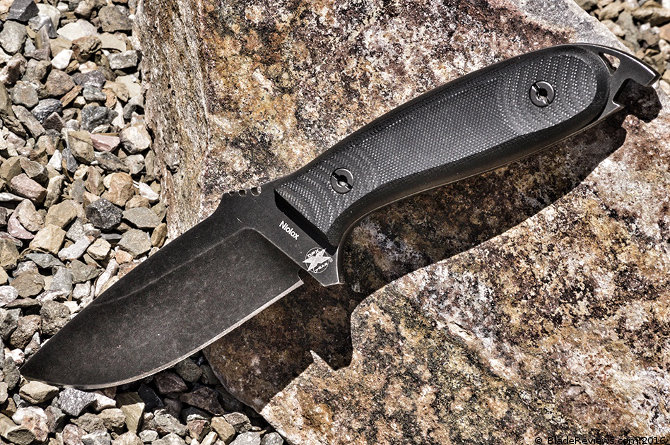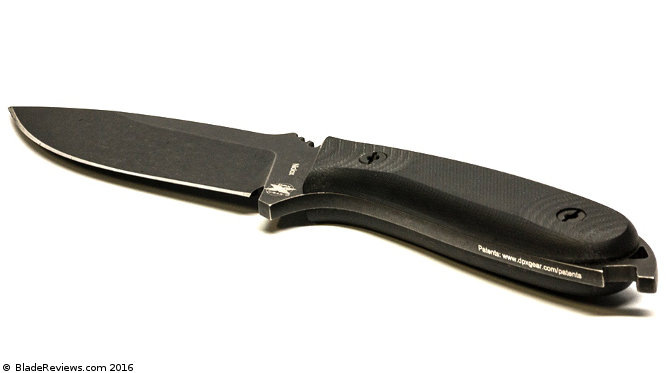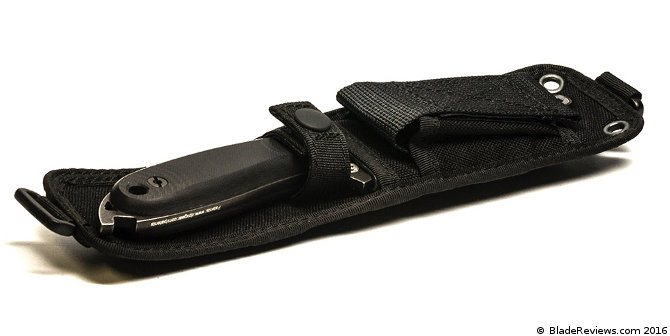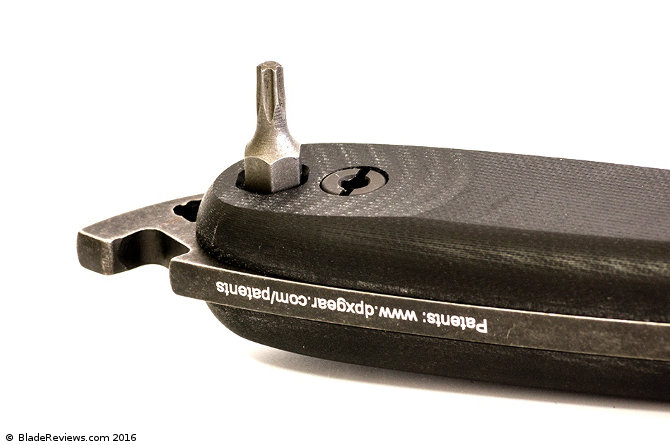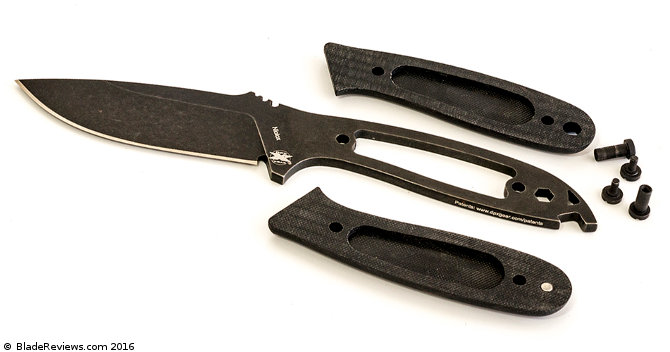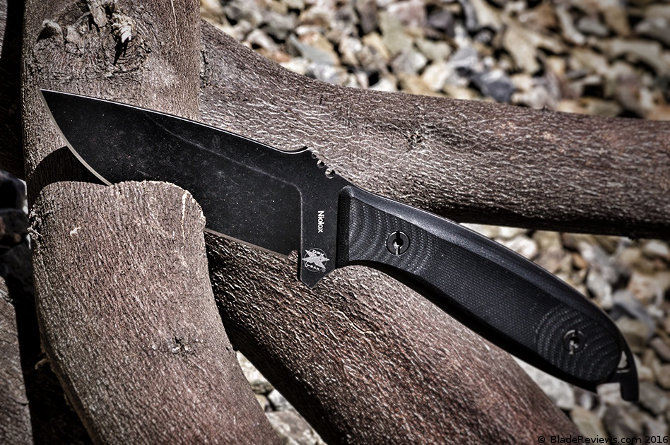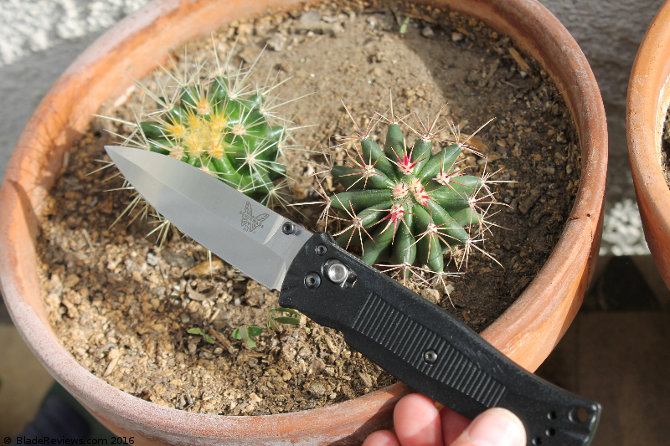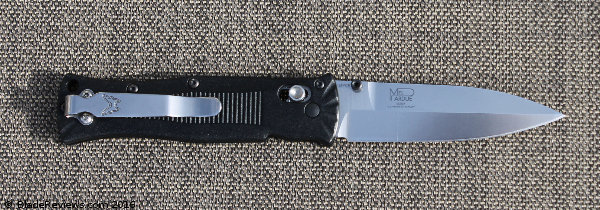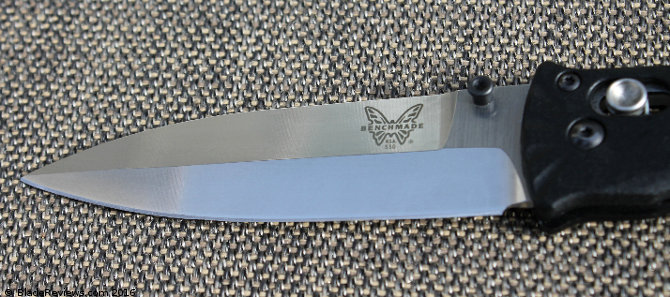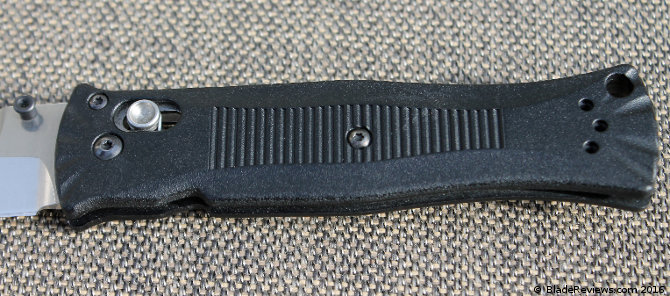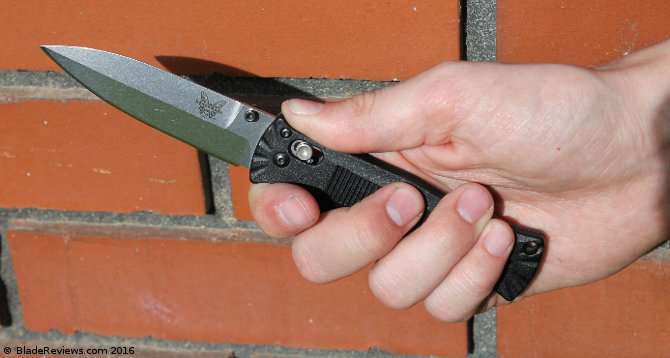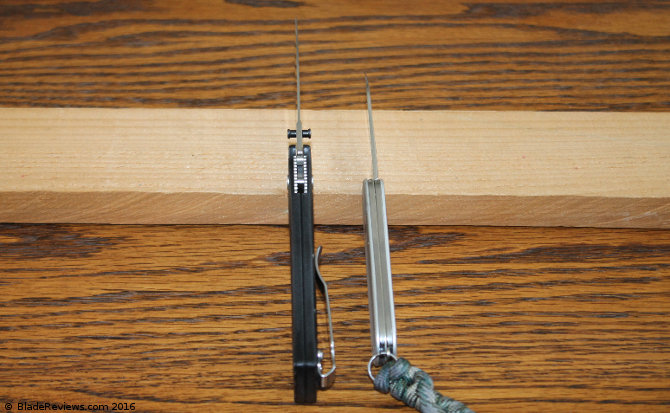The Kizer Ki3480 Rogue is a series of firsts for me. It’s the first Dirk Pinkerton design I have ever reviewed, it’s my first review of a mid-tier Kizer knife, and it’s the first wharncliffe I have reviewed in a while.
The designer, Dirk Pinkerton, is an interesting guy. He is a custom knifemaker from Huntersville, North Carolina, and his focus is on purpose built knives for self defense applications. He even did a collaboration with our very own Chad McBroom, the Active Response Kerambit.
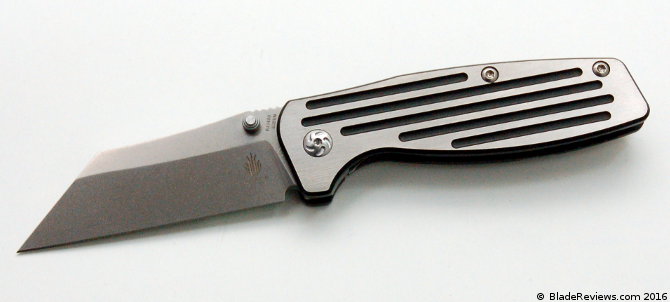
Buy the Kizer Rogue at BladeHQ
Using knives defensively is well outside my wheelhouse, but I have been curious about Dirk Pinkerton’s designs ever since reading RoadKill’s review of the Meyerco Wharning back in 2012.
The Rogue shares some obvious design similarities to the Wharning. Namely, the aggressive wharncliffe blade. It’s different from what I typically review, and different from Kizer’s other designs, which is exactly why I wanted to check it out.
General Dimensions and Blade Details
The Rogue has an overall length of 7.125″, a 3.00″ blade, and it weighs 3.92 ounces. Like all Kizer knives, the Rogue is made in China. I like that although the Rogue was likely designed with self-defense in mind, this is still a practical size for Every Day Carry (EDC). In fact, it almost resembles a folding box cutter. An obvious comparison would be with the Spyderco Yojimbo 2, a knife designed by Michael Janich. In addition to being a designer for Spyderco, Michael Janich is a martial artist and fellow enthusiast of the wharncliffe.

The dramatic wharncliffe blade is what makes this model stand out. You are going to either love it or hate it, and it is different from anything else in my collection. The 4mm thick blade has been given a partial flat grind. There is no swedge but the blade still comes to a needle-fine tip. The blade has been given a fine tumbled finish.
The benefit to a wharncliffe blade is that it excellent for slicing cuts. Power is applied uniformly to the edge whether you are at the tip, or by the ricasso. Combine that with an excellent tip for thrusting, and you have a very capable blade shape. For these reasons it is easy to see why guys like Michael Janich and Dirk Pinkerton prefer the wharncliffe.
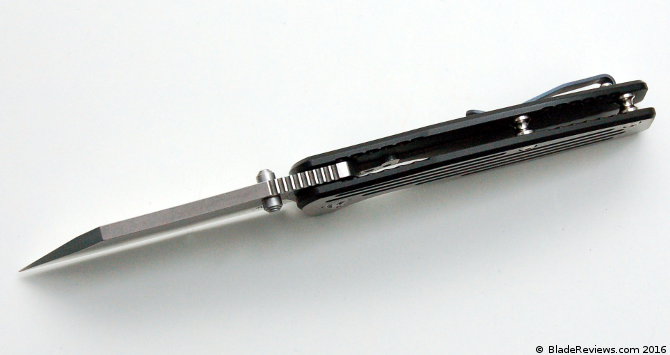
The flip side is that there is no belly, which makes tasks like skinning near impossible. This is not my favorite knife to use in the kitchen.
Kizer chose S35VN for the blade steel. S35VN is excellent stuff. The more I use S30V, the more I like my S35VN blades. They are easier to sharpen and less brittle, but still hold a good edge like S30V. S35VN is an American steel, and Kizer had to import it in to China to make their knives. We often think of products being exported from China, so it’s an interesting point to consider, and speaks to Kizer’s dedication to making high end production knives.
Handle, Ergonomics, and Pocket Clip
The Rogue has full titanium handles. Unlike the Intrepid, the handles of the Rogue are not 3-D contoured. Instead, they have been milled with a series of reliefs to provide texture and visual interest. The handle was then given a black coating and then the face of the handles were surface ground to provide a brushed titanium texture. The two-tone finish is unique, and so far it has held up well. Everything has been screwed together, and there are 2 barrel spacers and a decorative pivot.
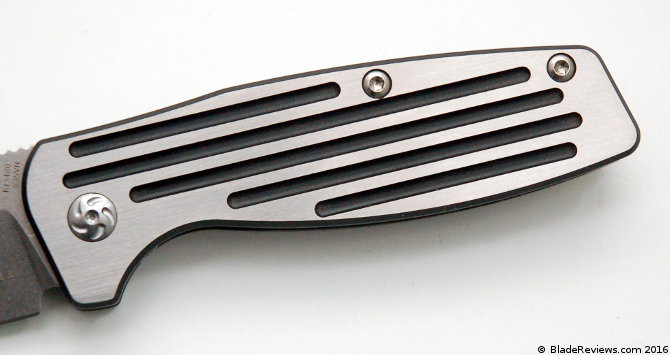
Fit and finish is excellent. Everything has been completed to an eerie level of precision, much like a Taichung, Taiwan Spyderco.
The ergonomics of the Rogue benefit greatly from a simple handle design, and good use of jimping. The handle shape is about as simple as they come, which means that it will feel great for most people. There is flat top jimping on the spine of the blade. This offers good traction without being overly destructive. There is some additional light jimping / millwork on the spine of the handle, and also where your pinky and ring finger rest. These features, combined with the millwork on the handle slabs, offer a good deal of traction for the end user. The end result is a knife that feels secure in the hand without being obnoxious.
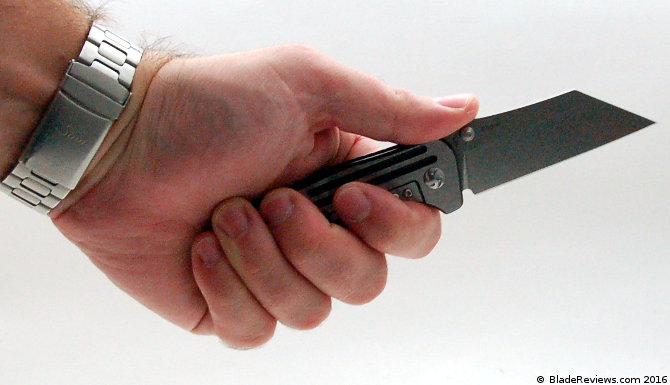
The blue titanium pocket clip offers a splash of color while being a good pocket clip. It’s a fold over deep carry clip, that has been placed so that about a quarter of an inch of the knife is left exposed. This was probably done to provide easy access in the event you needed the knife in an emergency situation. Personally, I’d prefer an even deeper carry, but the knife is still discrete.
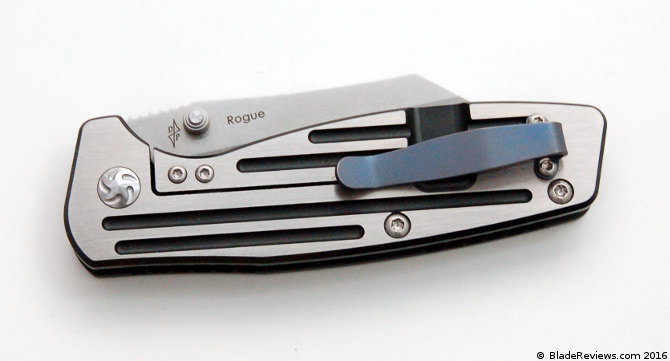
The Rogue carries well. It’s not an overly thick or heavy knife, and the titanium clip offers plenty of retention. The knife stays in your pocket until you need it, and then it’s ready to go. No complaints with how this knife carries.
Deployment and Lockup
The Rogue is a dual thumbstud knife. I have always liked thumb studs, and the ones on the Rogue are nicely done. They are prominent and easy to access. The blade rides on phosphor bronze washers; my washer material of choice. Here the action is smooth and easy. There is a fairly strong detent, and the blade flicks open with a push of the thumb.
For lockup we have a titanium framelock with a stainless steel lockbar insert. The knife locks up early, and is secure. There is no blade play in any direction. There is also no lock stick. This is an excellent fame lock and rivals the Zero Tolerance framelocks I have owned over the years. Top shelf stuff.
Blade centering is good, but not perfect. That is about the only fit and finish nitpick I could find.
Kizer Rogue Review – Final Thoughts
The Rogue is solidly designed and perfectly executed. I have a hard time finding fault with this knife. Maybe I would move the pocket clip up a quarter of an inch, and the blade over a millimeter. Beyond that I don’t have much to say. Some may not care for the aggressive wharncliffe blade shape, or the 2 tone handle, but that is more personal preference than anything. If you are a fan of the design, then I would recommend it without reservation.
What you get for the money is also worth mentioning. As of the date of publication of this review, the Rogue can be had for just under $120. At that price you are getting a full titanium handle, a S35VN blade, a thoughtful design, and a near perfectly executed knife. The fit and finish is excellent, and the frame lock is among the best I have handled. I can’t think of much that touches it at this price point.
The Yojimbo 2 can be had at that price, but you won’t get S35VN or a titanium frame lock. That is an interesting comparison. I am sure some will prefer the thumb hole and compression lock, and find those to be worthy trade offs, but if Spyderco were to make the Yojimbo 2 as a titanium framelock, it would easily be a $200 knife.
The Rogue is another solid offering from Kizer. Between the high end Intrepid, and the value oriented Vanguard Gemini, the Rogue shows that Kizer can also play in the middle market. This is a company to continue watching. Their strategy of offering both high quality and high value is tough to ignore.
I recommend purchasing the Kizer Rogue at Amazon and BladeHQ. Thanks for reading.
